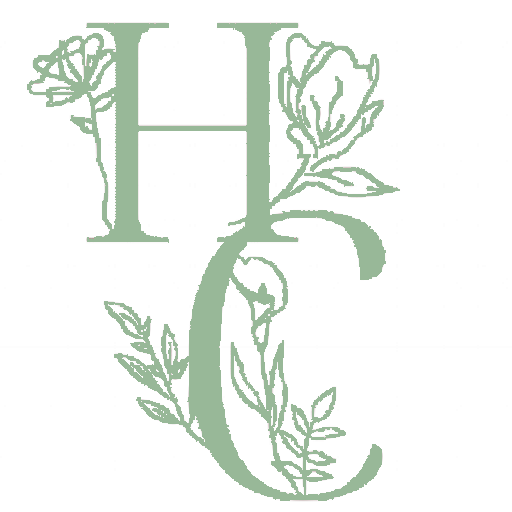Concept
Since I first started writing THE MASTER’S ROSE I could clearly picture what the characters and places looked like. It turns out that my beta readers could too and they suggested it would make a great movie. So once I had finished editing the manuscript, I began to think about the specifics of how to bring it to the silver screen.
At first all I knew was what I liked and didn’t like. I started by writing that down and from there the concept rapidly grew and grew. My mind felt like it was ready to explode: I knew I had to somehow transfer all the ideas I was having onto something visual and tangible, which I could then use to convey my ideas to other people.



Deep Dive
I had already researched the nineteenth century for the book, which meant I had a good overview of the fashion, hairstyles, etiquette, interior styles etc. of the era. For the next month I did a deep dive into the movie concept, fleshing out the outline, doing some more tailored research, compiling images and creating physical lookbooks.
My studio floor was covered in sheets of paper, images, jotted notes and glue (family members did make references to ‘A Beautiful Mind’). I wanted to create something you could actually touch – something you could spread out and rearrange to get an immediate feel for the film.
I created sheets with casting ideas, colour palettes, and inspiration for lighting, fashion and cinematography. Anything I couldn’t capture in an image (e.g. dialogue ideas, relevant snippets of research, specific composition of a shot, character arcs, messages of the film, etc.) I wrote on the back.
By the end of the month I had also created sixty-odd lookbook sheets for individual scenes in the movie, to capture my ideas regarding colours, lighting, camera angles and the way the costumes might compliment or contrast the set, depending on the character and the message of the scene.
Screenplay
The next thing I was burning to do was write the screenplay. Being the author of the novel made adapting it for the screen easier; however, I still had to decide which subplots to include and which to leave out which was probably harder for me than it would have been for anyone else as I’m attached to every scene and subplot. But it was very satisfying being able to add scenes that could convey a depth of feeling via the screen that just can’t be captured the same in writing.
The novel has quite a large and colourful cast, but I knew there wouldn’t be enough screen time to do them all justice, so I also had to choose which relationships to prioritise; I want people to connect deeply with certain characters, rather than having a superficial connection with them all.

Musical Score
I asked my composer friend Lukas Himmelrenner to work on some ideas for the score. He has now written nearly a dozen short pieces, some for piano – including a duet for a specific scene in the film – and some for piano and strings. They’re a collection of moody pieces and classic period-drama-style compositions. I’m so thrilled with what I’ve heard so far!
Winter At Blackmore (left) is a taster of the concept score.

